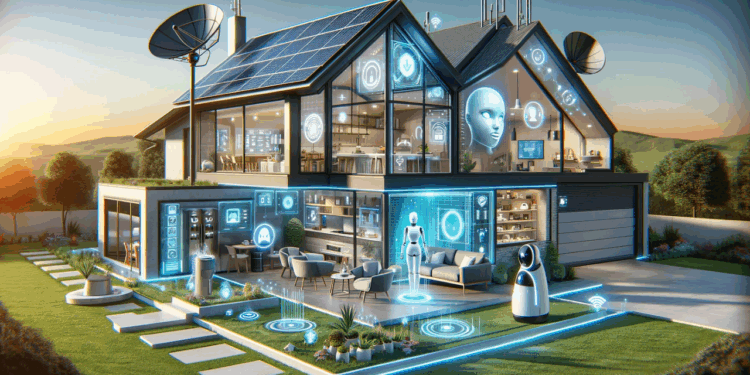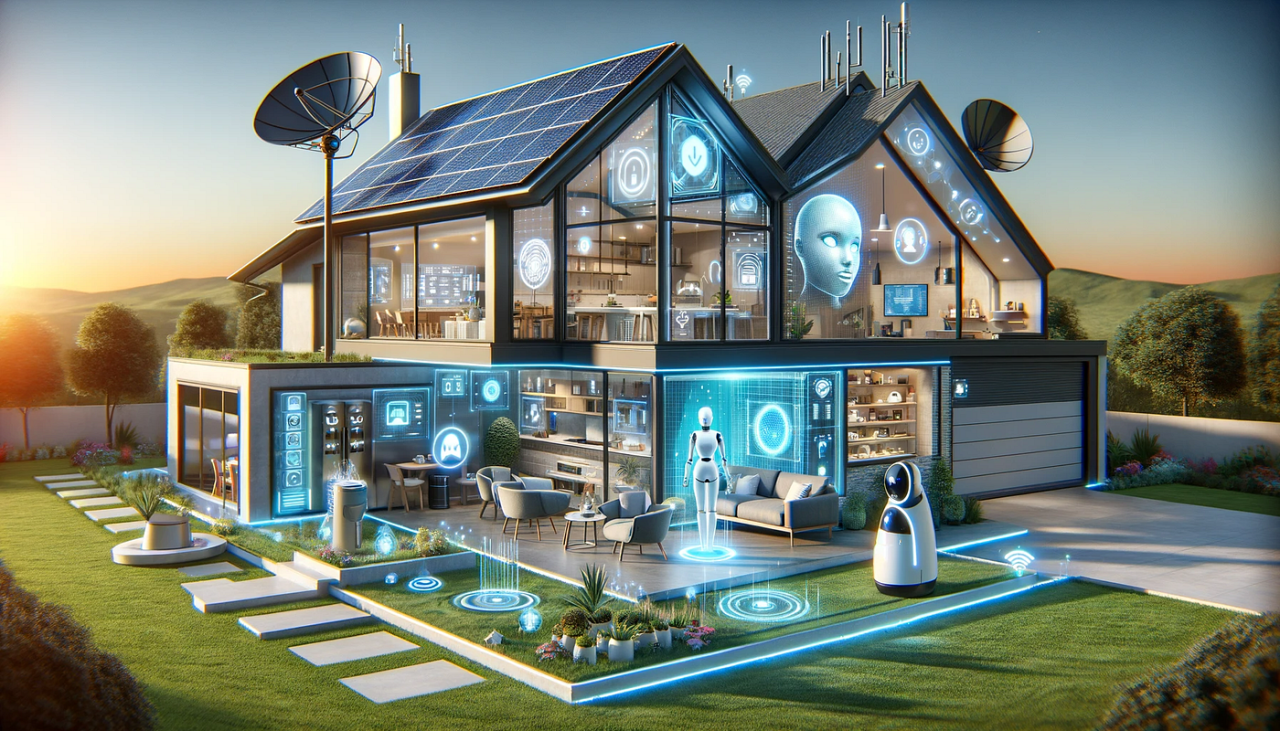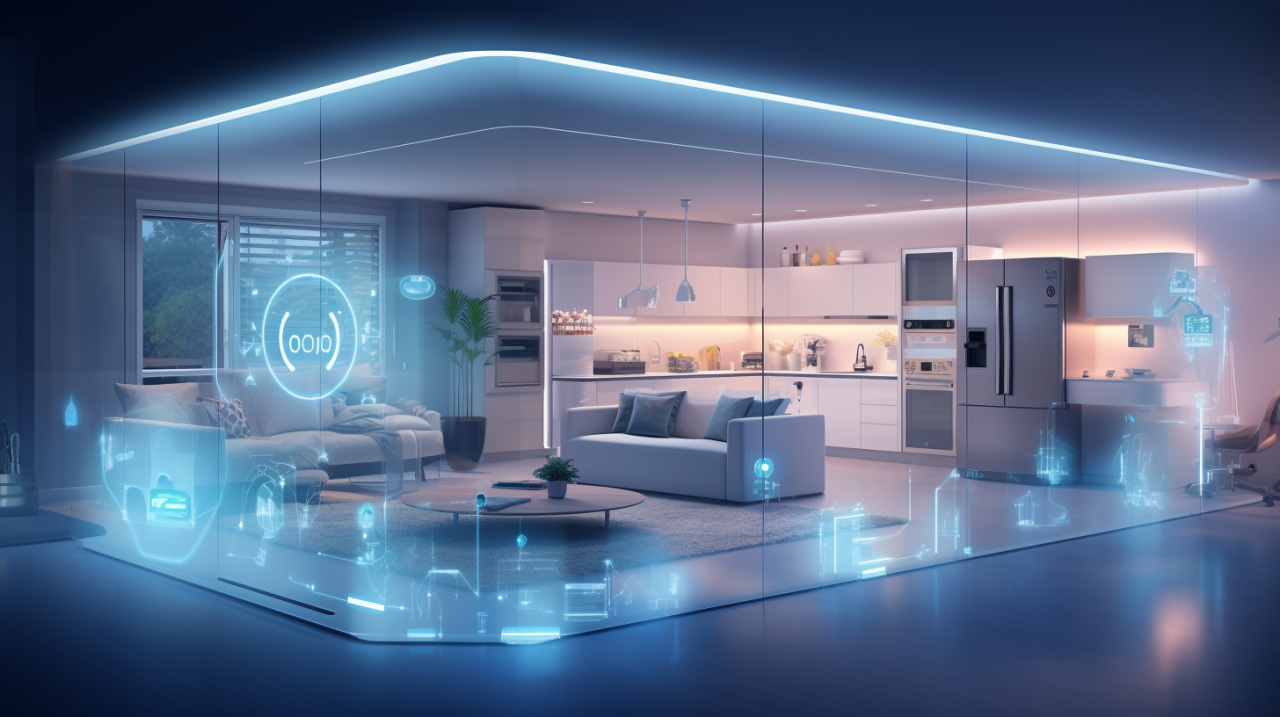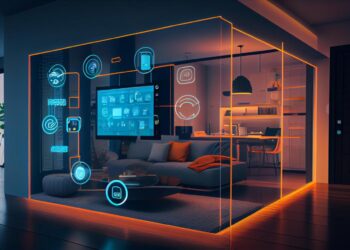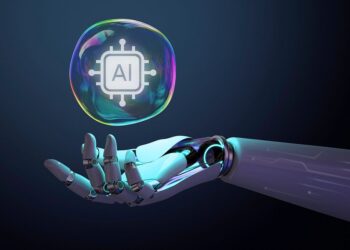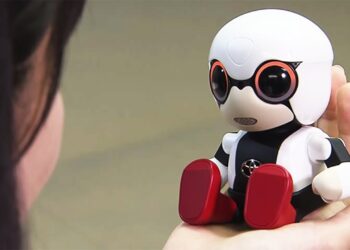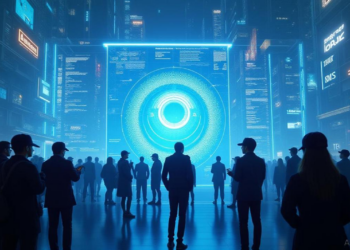The integration of artificial intelligence (AI) into home automation is revolutionizing how we live. From voice-controlled assistants to self-learning thermostats, AI-powered smart homes are becoming more intuitive, efficient, and secure. But what does the future hold? This article explores the latest advancements, benefits, challenges, and upcoming trends in AI-driven home technology.
How AI is Transforming Modern Homes
AI-powered smart homes leverage machine learning, natural language processing (NLP), and the Internet of Things (IoT) to create seamless living experiences. Here’s how AI is enhancing different aspects of home automation:
A. Intelligent Voice Assistants
Voice-controlled AI assistants like Amazon Alexa, Google Assistant, and Apple’s Siri have become household staples. These systems now offer:
-
Multilingual support for global users.
-
Context-aware responses for more natural conversations.
-
Integration with third-party apps for expanded functionality.
B. Predictive Home Automation
AI analyzes user behavior to automate routines, such as:
-
Adjusting lighting based on time of day.
-
Regulating thermostat settings for energy efficiency.
-
Preheating ovens or brewing coffee before you wake up.
C. Enhanced Security Systems
AI-powered security features include:
-
Facial recognition for smart doorbells.
-
Anomaly detection to alert homeowners of unusual activity.
-
Automated emergency responses (e.g., contacting authorities during a break-in).
D. Energy Efficiency & Sustainability
AI optimizes energy consumption by:
-
Monitoring electricity usage in real-time.
-
Switching to renewable energy sources when available.
-
Suggesting cost-saving measures.
Emerging Trends in AI-Powered Smart Homes
The future of AI in home automation is evolving rapidly. Here are some groundbreaking trends to watch:
A. Emotion-Sensing AI
New AI systems can detect human emotions through voice tone and facial expressions, adjusting home settings accordingly (e.g., dimming lights for relaxation).
B. Self-Healing Smart Homes
AI can predict appliance failures and schedule maintenance before issues arise, reducing repair costs.
C. AI-Powered Robotics
Robotic assistants (like Samsung’s Bot Handy) can perform household chores, such as cleaning, cooking, and organizing.
D. Hyper-Personalization
AI will tailor home environments to individual preferences, from customized lighting to personalized entertainment recommendations.
Challenges & Concerns
Despite its benefits, AI-powered home automation faces several hurdles:
A. Privacy Risks
-
Data collection by smart devices raises concerns about surveillance.
-
Hackers may exploit vulnerabilities in IoT networks.
B. High Costs
-
Advanced AI systems require significant investment.
-
Maintenance and updates can be expensive.
C. Compatibility Issues
-
Not all smart devices integrate seamlessly.
-
Proprietary ecosystems limit user flexibility.
The Future of AI in Smart Homes
Experts predict that by 2030, AI-powered homes will be the norm rather than the exception. Key developments may include:
-
Fully autonomous homes that require minimal human input.
-
AI-driven health monitoring for elderly care.
-
Blockchain integration for enhanced security.
Conclusion
AI-powered smart homes are reshaping modern living by offering convenience, efficiency, and security. While challenges like privacy and cost remain, continuous advancements promise a future where homes are more responsive and adaptive than ever.
Tags: AI, smart home, home automation, IoT, artificial intelligence, voice assistants, future technology, energy efficiency, home security, predictive analytics

